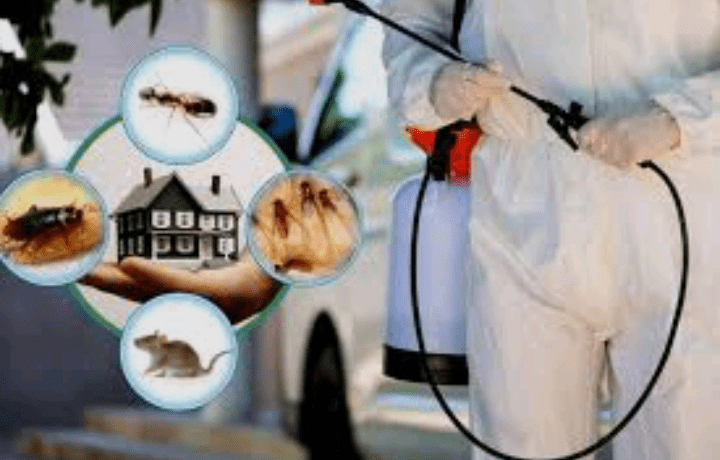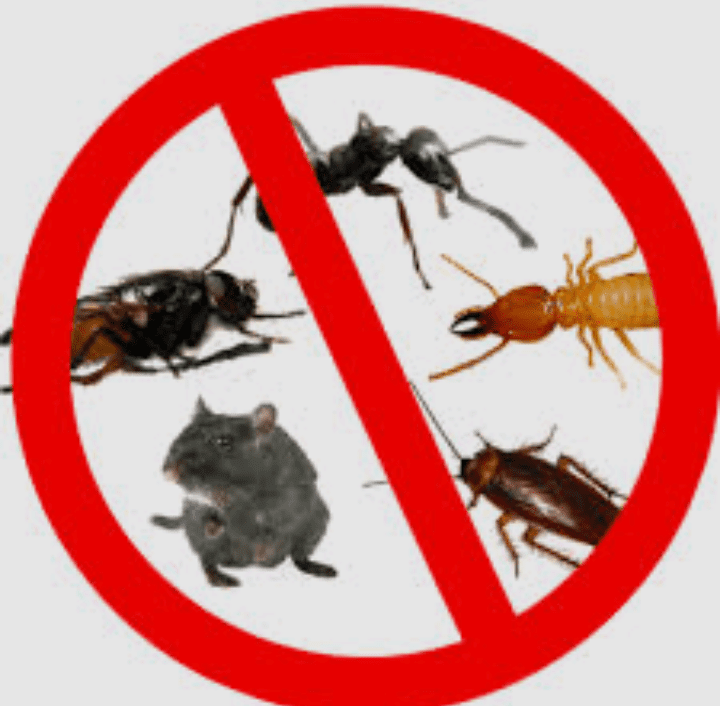DIY pest control is a practical and cost-effective approach to managing unwelcome pests in your living space. From pesky ants to persistent rodents or sneaky spiders, dealing with these critters using homemade methods can help maintain a clean and healthy home environment.
This article talks about the world of DIY pest control, offering insights, strategies, and tips to tackle various common household pests.
Addressing pests early is crucial, and understanding the type of pest you’re dealing with is the first step. Identifying their behaviors and tendencies aids in selecting the most effective control methods.
Preventive measures play a significant role. Sealing entry points, keeping your space clean, and reducing moisture are fundamental steps to make your home less attractive to pests.
Natural remedies are often effective and safer alternatives. Simple mixtures using household items like vinegar, essential oils, or substances like diatomaceous earth can serve as natural deterrents against pests.
Traps, another DIY method, can be strategically placed to catch specific pests. Regularly checking and resetting traps are crucial for their efficiency.
Knowing when to seek professional help is also essential. In more severe or persistent cases, pest control experts have the experience and tools to handle challenging infestations effectively.
This guide offers insights into specific strategies for dealing with ants, rodents, cockroaches, spiders, fleas, and bed bugs. By combining various DIY pest control methods and staying consistent, you can create a pest-free and healthier living space for you and your family.
Read Also: US Rapper Snoop Dogg, Son To Launch New Video Game Company
DIY Pest Control

I. Identifying the Pest
To effectively address a pest problem, it’s crucial to identify the specific type of pest you’re dealing with. Different pests require different approaches for effective control.
This might involve careful observation of the pest’s appearance, behavior, and potential hiding spots. For instance, ants often trail along easily accessible surfaces and can be seen near food sources, while rodents might leave droppings or gnaw marks.
II. Preventive Measures
Preventing pests from entering your home is an essential first step in DIY pest control. Start by sealing off potential entry points such as gaps around doors and windows, cracks in walls, or openings around pipes and utility conduits. This significantly reduces the opportunities for pests to infiltrate your home.
Maintaining a clean living space is also crucial. Regularly dispose of garbage, keep food sealed in airtight containers, and clean up spills promptly.
Pay attention to eliminating moisture, as standing water or damp areas can attract pests. Additionally, reducing clutter in your home minimizes potential hiding spots for pests.
III. Natural Remedies
Numerous natural remedies can serve as effective repellents or deterrents for pests. For instance, a mixture of vinegar and water can deter ants from certain areas, while essential oils like peppermint or eucalyptus can be effective in repelling spiders and other insects.
Diatomaceous earth, a natural substance, is often used to control various insects. It works by damaging the exoskeleton of insects and dehydrating them.
When using natural remedies, it’s important to handle them carefully and ensure they’re safe for your household, especially if you have children or pets. It’s also worth noting that while these remedies can be helpful, they might not entirely eliminate a severe infestation.
IV. Traps
Traps are another common and effective method in DIY pest control. They come in various forms, each designed for specific pests. Snap traps are commonly used for rodents and are placed in areas where signs of rodent activity are evident.
Sticky traps, which use a glue-like substance to trap insects, can be effective for catching crawling pests like spiders and cockroaches.
Placing traps strategically is key. For instance, in the case of mice, placing traps along walls where they tend to travel is more effective than randomly placing them around the house. Regularly checking and resetting traps is essential for their effectiveness.
V. When to Seek Professional Help
Sometimes, despite your best efforts, a pest infestation might persist or become severe. In such cases, seeking professional help might be the most viable solution. Pest control experts have the experience, expertise, and specialized tools to handle more challenging situations effectively.
Read: Meet The Drug Lord Who Burnt $2m Because There Was No Firewood And His Daughter
DIY Pest Control for Specific Pests
VI. Ants:
Ants are common household pests and can be particularly persistent. One effective way to deter them is by disrupting their scent trails.
Wiping down surfaces with a mixture of vinegar and water can disrupt these trails and discourage their return. Sealing entry points and keeping food in airtight containers can also help prevent ant infestations.
VII. Rodents:
Rodents, such as mice and rats, can pose health risks and cause structural damage to a home. Snap traps are effective in catching these pests. Placing traps along walls and in areas where rodent activity is observed is a strategic way to catch them. Ensure that baits are securely placed and reset traps as needed.
VIII. Cockroaches:
Cockroaches thrive in warm, moist environments and can be challenging to eliminate. Keeping the house clean and dry is crucial. Boric acid is a common and effective remedy against cockroaches. Sprinkling a thin layer of boric acid near their hiding spots or potential entry points can significantly reduce their population.
IX. Spiders:
Spiders are beneficial predators, but their presence indoors might not be welcome. Essential oils like peppermint or eucalyptus can act as deterrents. Spiders are sensitive to strong scents and tend to avoid areas with these smells.
X. Fleas:
Fleas often infest homes through pets. Regular grooming, vacuuming, and washing pet bedding can help control flea populations. Diatomaceous earth, when spread on carpets and in pet areas, can dehydrate and kill fleas effectively.
XI. Bed Bugs:
Bed bugs can be notoriously challenging to eliminate. Regularly washing bedding in hot water, vacuuming thoroughly, and sealing cracks and crevices in furniture can help in controlling their spread. Diatomaceous earth can be used, but a severe infestation often requires professional intervention.
Read Also: Definitions and Sources of Biomedical Special Waste
